5 Tips to Design Better Wearable Technologies
Many say that wearable technologies are the future, but if you take a look around you’ll discover that these technologies are actually the present. Fitness and activity trackers, smart watches, blue tooth earphones, the infamous Google Glass, and even clothing embedded with sensors to track your bio metric vitals are found everywhere in today’s streets, culture and lives.
But what makes for a well-designed wearable? How can we create more compelling wearable products? Here are a few takeaways from the recent WearableTech conference, conference, held in Tel Aviv at the end of May, which featured some of the world leaders in the field.
1. Does it pass the “turn around” test?
This test was coined by Sonny Vu, CEO & Founder of Misfit, makers of Shine, an activity monitor.
You’re halfway to work and you realized you forgot your iWatch.
Would you turn around, go home to get it again? If it was your phone, your wallet, or your glasses, you most likely would. But what if you had forgotten your fitness tracker? Or your smart watch? Would you actually turn around for it?
Luke Wroblewski uses a similar test to determine the value of his wearable devices – does he keep the device charged? But what makes for a compelling wearable device? What design features should you consider and incorporate in order to ensure someone will turn around for it?
2. Create insights, not data.
Wearable devices and the integration of low-cost sensors collecting information means that users are generating huge amounts of data.
But people are sense-making individuals. Tracking one’s activity is just the first step. But the big question is: how can this data be presented in a meaningful way to users? How can these devices offer personalized guidance to make positive changes?
Given that “more than half of U.S. consumers who have owned a modern activity tracker no longer use it and a third of U.S. consumers who have owned one stopped using the device within six months of receiving it” (read the research – PDF), there is reason to give pause and think about what information would encourage users to continue engaging with their device.
Take the Disney MagicBand which offers real value to wearers by allowing them to enter park rides, make purchases and unlock their hotel rooms all through a wave of their hand. It even has the potential to keep visitors’ kids more safe, by quickly locating a lost kid through an added GPS tracker.
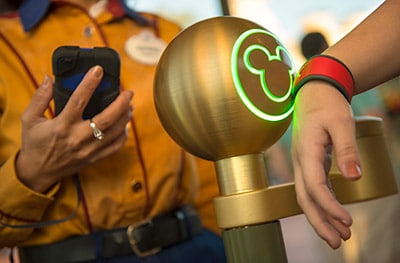
Disney’s Magic Band offers real value to not only its wearers
But all this has additional value when Disney executives go “data mining” to find which rides are more popular, how long people wait in line, and how many times kids go to the bathroom at a given hour – to create a much more user oriented experience that could help all sides.
3. Beautiful or Invisible. But not in between.
Sonny argues that when designing a wearable device it should aim to be either beautiful or invisible (or in the case of Shine, both).
By their nature, wearables are visible products that are worn. As with any other piece of clothing or jewelry, there should be no compromise on comfort or fashion.
The Shine, technologically no different from other activity trackers, is differentiated by its incredibly elegant look and feel. The folks at Misfit chose to use all-metal materials and a small form factor. As such, users are able to engage on either level – beautiful: wearing their device as a bracelet or necklace; and invisible: dropping it in their pocket or clipping it to a shoe.
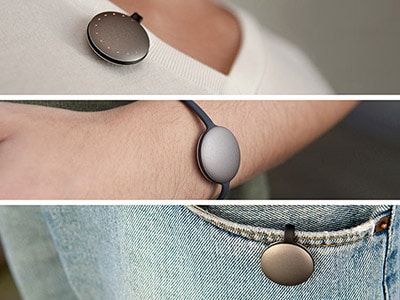
Misfit’s beautiful designed Shine
Further evidence of this is Intel’s partnership with luxury retailers Barneys New York and Opening Ceremony, to develop high-end wearables that people will most definitely want to wear (even if most people won’t be able to afford them!).
4. A wearable isn’t necessarily something you wear all the time.
I consider my Jawbone Era (bluetooth earpiece) to be a wearable. No, I am not one of those folks who walks around with the earpiece in my ear even when I’m not on the phone. I actually pretty rarely use it in public, instead limiting my use to when I’m in the car.
It’s the carrier that makes the difference here.
- They included a small “carrying case” that fits the earpiece perfectly and also charges the headset.
- Even better, they added a small piece of leather so I can attach the charging case to my key chain, ensuring I don’t lose yet another earpiece.
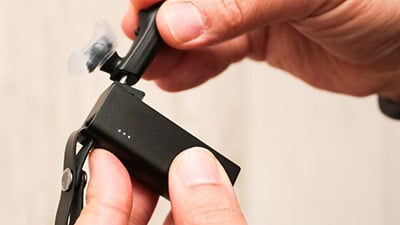
Jawbone Era
By thinking about the broader context of how and when your user will be engaging with your device, you can identify creative storage solutions for when they aren’t using your device, so that it doesn’t go forgotten.
Alternatively, context can be the defined by the use case; for example, a wearable worn only at work.
Wired writer, Marcus Wohlsen, interviewed J.P. Gownder, a business tech analyst with Forrester Research who argues that wearables are a long-tail space. By crafting a solution for a specific work-related need you can be much more assured of actually solving that need well. Plus, “social stigma goes away when you’re dealing with enterprise”. For example, when working in a factory you may be required to wear safety glasses and a hardhat, but you don’t feel the awkwardness because its simply part of the job.
5. Tell a story. Because it’s always about the story.
This one isn’t specific to wearables but is nonetheless critical. Tell a story. An engaging story that has a beginning, middle and end.
Jonah Sachs is the brilliant author of the book Winning the Story Wars, and offers a refreshing alternative to the traditional “inadequacy” approach to marketing, which focuses on how the world is a dangerous place and how your product offers the magic cure.
Instead he suggests using empowerment marketing, in which you place your users as the hero of the story and remind them of how full of potential they are.
This is about moving away from competing on product features, and instead encouraging your users to become brand champions by joining in and supporting the larger vision of what you’re trying to accomplish.
In summary
- Create products that deliver enough value to users that they will turn around, even though they’re halfway to work, to go back and get it.
- Empathize with users to understand what insights they are looking for. Help them make sense of the data by presenting it in a format that’s clear and actionable.
- Don’t forget that wearable devices are things that people wear. You shouldn’t compromise on form or function.
- Consider the broader context in which a user is using (or not using) your device.
- Always tell a great story. Because who doesn’t love a great story?




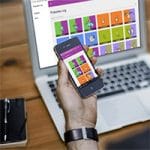
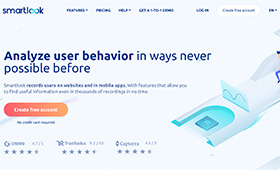

No responses yet to “5 Tips to Design Better Wearable Technologies”